|
Hey gang, welcome back. I’ve been traveling, but am now safely ensconced back in Philly – good to feel the heat and humidity of the East Coast summer again. I saw some cool stuff while on the road, and it led me to want to riff on two rock music legends: the Beatles and David Bowie. Let me explain. But sit down – this is going to take a while. I was chilling out in a hotel and came across a really good documentary movie about the Beatles, with its focus on the band as a touring act. It’s a Ron Howard film, which in my mind equates to “oh, this is going to be good.” Howard is a great story, right? There aren’t a lot of childhood stars that can morph into productive adults, but Howard did it. From childhood TV star as Opie to a director with many financially successful and Academy Award-winning films, the guy has had an astonishing career in Hollywood. If this were a movie blog, I would go on and on, but suffice to say, I’m a fan. Anyway, Opie did a film in 2016 called “The Beatles: Eight Days a Week – The Touring Years,” and it is worth seeing. It was done with the cooperation of Paul McCartney, Ringo Starr, Yoko Ono and Olivia Harrison, so there is great interview and private material throughout. It has fantastic footage of the Beatles playing live, much of which was restored and enhanced, and a lot of it that I had never seen before. You get to see the band as a club act in the Cavern Club in Liverpool all the way through their final public concert, a stadium gig at Candlestick Park in San Francisco. After San Francisco, the group only performed live one more time – on the rooftop of the Apple Records building in London – and there was ample footage of that event, too, including people on the street listening and gawking. The live action is just super. Their first US concert at the decrepit Washington Coliseum is covered, as is the massive Shea Stadium show (which used the stadium’s existing PA system – hahaha – and kept the band at bay from the fans by not allowing anyone on the infield), and clips from many other performances.
I remain a huge Beatles fan and have chosen some of my all-time Beatles song to accompany this post. But sometimes I forget just how important the band is to rock ‘n roll. They are basically like the older sibling to every band that followed them: they cut the path, showed the direction, gave the example. For instance, they are the first band to have a fold out album (Sgt. Pepper’s) and the first to do a stadium tour. The film explains that local public officials almost pushed them to do stadiums as the police otherwise would have to deal with thousands of teens in the streets without tickets. And the band did it to make money – George Harrison explains that they didn’t make much money on records, and were forced to tour to bring in the bucks. Sounds familiar, right? What struck me watching “Eight Days a Week” was how often the Beatles performed live during their early years. I just wasn’t aware of that. They were basically on the road for five straight years traveling all over the globe, and only taking time off to cut yet another number one record. There are few bands that evolved like the Beatles did without losing their audience or importance. I can still remember as a kid anxiously awaiting the newest Beatles single to be released. I have a very strong memory of first hearing the song “Rain” and listening to it in my Dad’s VW bug on WEAM, the AM rock radio station that we kids insisted upon. Beatlemania in its many forms – the screaming teens, the movies, the Ed Sullivan shows - was powerful stuff and shared among an entire generation in a way that just couldn’t happen in today’s world. We were all focused on these four young guys and what they were doing. In other words, the Beatles were the first mega-phenomenon of the baby-boom generation. The film shows them traveling into cities all over the globe and being greeted by mobs of screaming, crying, and fainting teenagers (some professing their undying love), then being whisked off by local law enforcement to a press conference covered by all the major news organizations of the era. And then how charming, cool and funny the four lads were with the press! They were a bunch of teens themselves when the whole thing blew up, and they basically grew up in front of the world. There were a lot of uncomfortable questions hurled at the band, like “what are you going to do when all of this comes to an end?” and “how long do you think this will continue?” The guys handled it all with aplomb, giving off mature answers or deferring with humor and wit. Can you imagine the situation? Four working class kids from Liverpool thrust first into Hamburg, perhaps the most decadent city of the post-war era, and then exploding onto the national and international scene. They were just kids, but they were talented, confident, innocent and optimistic, and their charm is certainly part of why they were so universally embraced. Moreover, they liked each other. There is a clip where they say that thank god there were four of them going through the same thing together, how lucky that they had friends in the same boat, and how hard it must have been for Elvis to go through something similar all by himself. Getting back to the story, they have a huge first album. What next? A string of number one albums year after year. Given how much time they were on the road, making movies, appearing on TV shows, and doing myriad other activities demanded of them under an incredible public spotlight, when did they get the chance to write and record? These aren’t just any old songs, either. They are the rock ‘n roll bible produced by rock’s Founding Fathers. Through some strange confluence of luck, these four youthful personalities from a second-tier British city, form the greatest rock band of all time and change the world. The film ultimately follows the story to its well-documented conclusion. John Lennon compares the Beatles popularity among young people to Jesus, controversy erupts, the band is worn down by the relentless touring and from being the Beatles (“Help!”), love interests are pursued, and the band quits touring and becomes a studio act that produces five more iconic albums. They break up and never regroup. The music grows from being simple but amazing love songs (which I still adore) to songs of introspection, perspective, exploration and depth (which I also love). They were prodigies: a lifetime of music done in less than 10 years that still reverberates throughout western culture. God bless ‘em. Two days later, I find myself in Seattle at the Museum of Pop Culture housed in a funky Frank Gehry-designed building. The brainchild of Paul Allen (he of Microsoft founding fame), it features exhibits on all kinds of popular culture themes, from fantasy, to horror, to Star Trek, to rock music There are entire sections just on the Princess Bride, and t-shirts that you can buy that say “Hello, my name is Inigo Montoya, You killed my father, prepare to die.” The Man has paired me up with a guy who reminds me of Inigo Montoya, and I am constantly suppressing thoughts of Inigo while interacting with this dude. Check out this sculpture of mostly-guitars: And some of the amazing guitars on display at the museum, top to bottom, left to right: Duane Allman, Eric Clapton, Eddie Van Halen, Kurt Cobain and Paul Stanley and Gene Simmons (the axe!) of Kiss: Yummy, right? There was an ongoing exhibit of Mick Rock’s photos of David Bowie during Bowie’s early 1970s Ziggy Stardust period. How the music scene went from the Beatles to Ziggy Stardust in about 5 years is mind-blowing. I don’t know and I’m not going to even attempt an explanation. Nor am I going to try and figure out why the British Isles produce so many great rock bands and performers, second only to the French. These are just facts. Bowie was a complex guy. The pictures in the exhibit focus on many of his outrageous stage performance costumes, some private backstage and home photos, photos of his actual concerts, and a selection of music videos, all of which were shot by Rock. Rock was given exclusive access to Bowie, and his photos capture David in shots both familiar and intimate. There are also pics of Bowie with Lou Reed, Mick Jagger, and Iggy Pop, as well as photos shot by Rock of Iggy, Debbie Harry, Freddie Mercury, and others. I took some pictures of Rock’s pictures that showed live concert stills of Bowie and his fans: Check out the fans in these shots – those must have been some badass shows to get interaction like that. Bowie shared my belief that a rock concert should be the music and more: entertainment. He trained with a mime to get certain stage effects just right, and studied theatrical costumes for inspiration. Here is a quote from Bowie: “I like to keep my group well dressed, not like some other people I could mention. I’m out to bloody well entertain, not just get up onstage and knock out a few songs.” Right on! I bet he didn’t talk politics, either. It was fun to watch the kids and the old people (well, by that I mean older than me, which is saying something) go through the exhibit. Bowie was dressing so outrageously even in common situations, like taking a Brit Rail train to Manchester. What were the kids thinking when they looked at those pictures? Probably things like, “Dad, is that how you dressed in the 70s?” How about the Greatest Generation? “I fought for THIS?” I was thinking, “where do you buy stuff like that” and “Mick Ronson [Bowie’s Ziggy-era guitarist] dressed crazier than Bowie.” And the makeup and hair! Great rock ‘n roll stuff, no doubt. The pictures were fun and provocative, but the music videos brought it back to the music. Some were really spare, with Rock commenting that having little time and money sometimes results in great creativeness. Space Oddity, John, I’m Only Dancing, The Jean Genie – great songs all and cool videos. And Bowie’s tune Rebel Rebel is one of my all-time favorite songs, from the fuzzed out guitar to the rock ‘n roll rebel theme. Bowie didn’t evolve, he morphed, going chrysalis-like from persona to persona, emerging yet again as something new, but always using the music to underpin the visual and thematic experimentation. Perhaps he was the original glam rocker during the Ziggy years, but he was also the Thin White Duke, looking like a well-dressed and coiffed lounge singer, and many other things in between.
It was cool to see this stuff in a hot-shot architect’s building located in the city that almost single-handedly revived a flagging rock scene through grunge. Mudhoney, Pearl Jam, Soundgarden, Nirvana – thank you for saving rock and making it aggressive, loud and hard/edgy again. And Beatles and Bowie, thanks for laying the groundwork and leaving plenty to continue to explore in your amazing output. I’ll be back with much, much more. You spin some good tunes while I’m working on the next post. And remember, believe everything you read on BRP because it’s all TRUE. Then again, if the situation where we find ourselves is that I am the voice of truth and reason, we are in a bad place. Give me some feedback and feed me the crap that I deserve. Keep the faith, be good to your fellow humans, listen to some good music, and enjoy a world that is wonderful and struggling every day to get better. XOXO.
0 Comments
Leave a Reply. |
AuthorMy name is Bill, and I live in the greater Philadelphia area. I love music, and I have a lot of opinions. This site is primarily focused on music, but sometimes I get off track. I hope you enjoy. Archives
November 2020
|
Photos from George M. Groutas, wonker, Me in ME, SchuminWeb
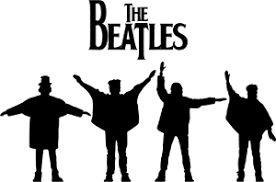
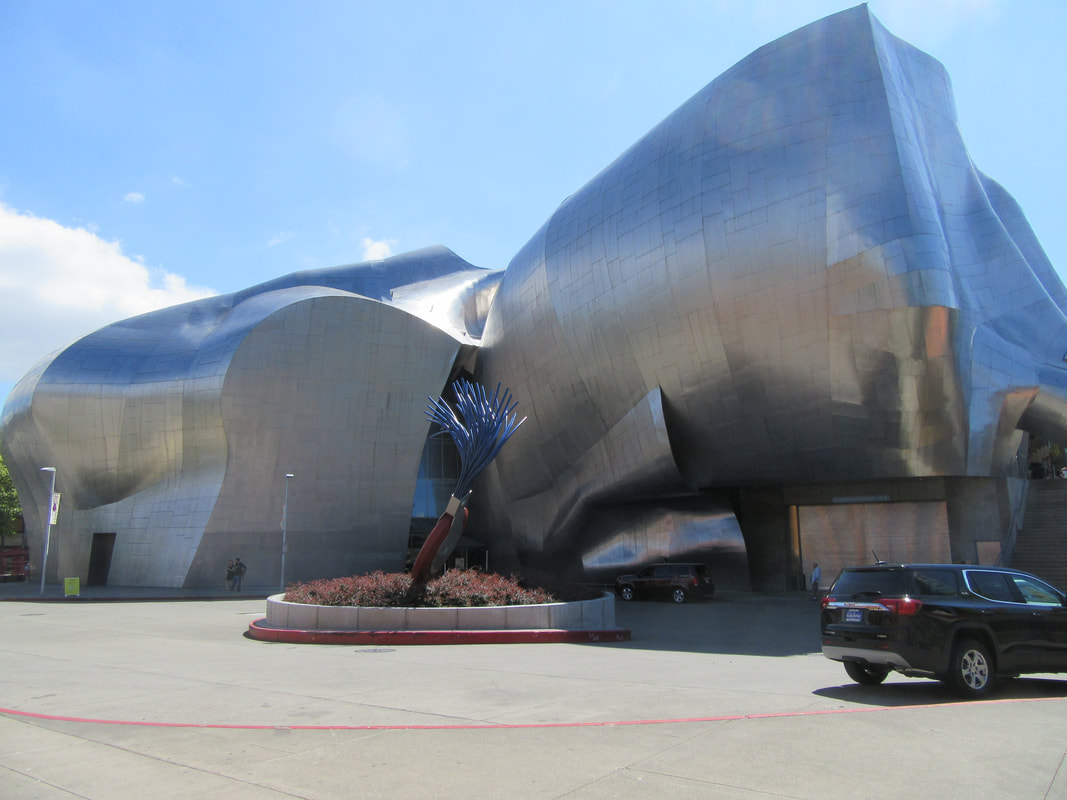
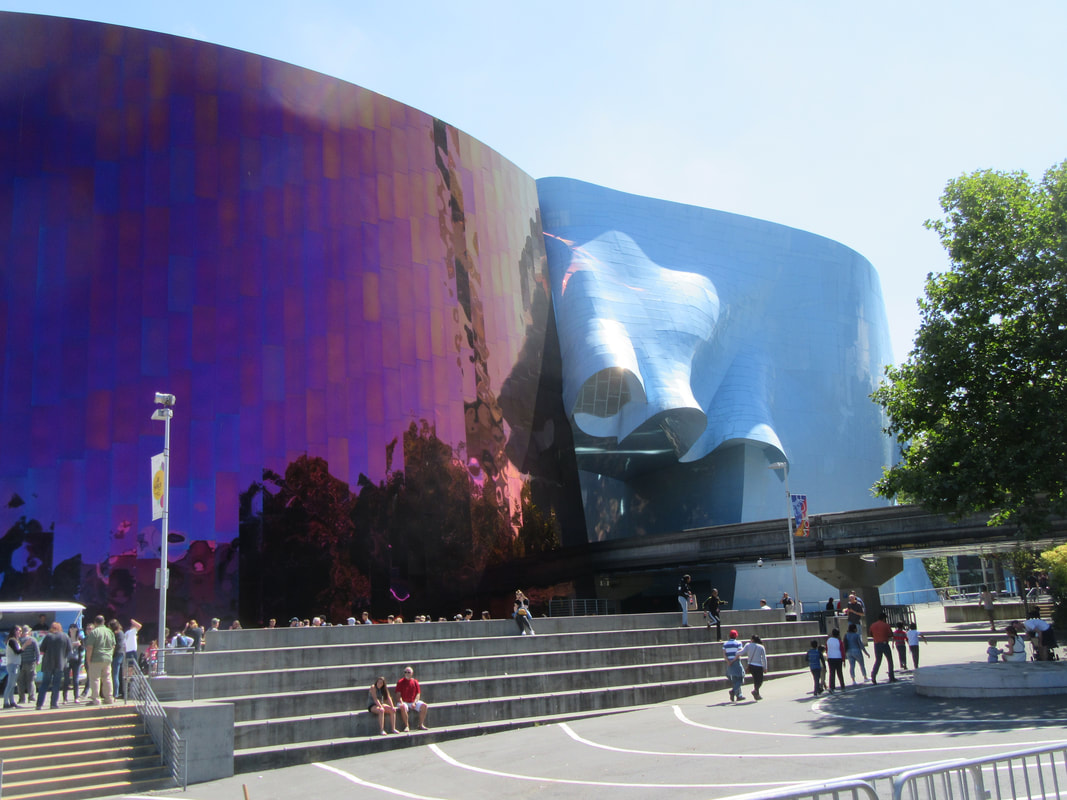
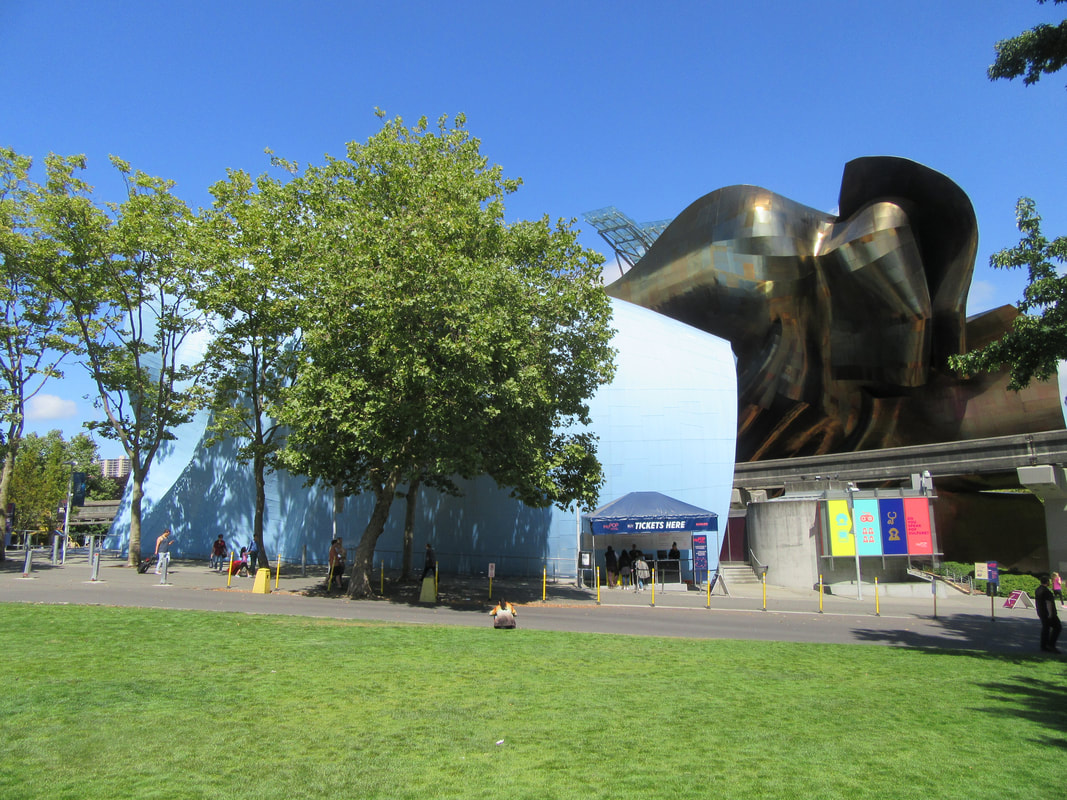
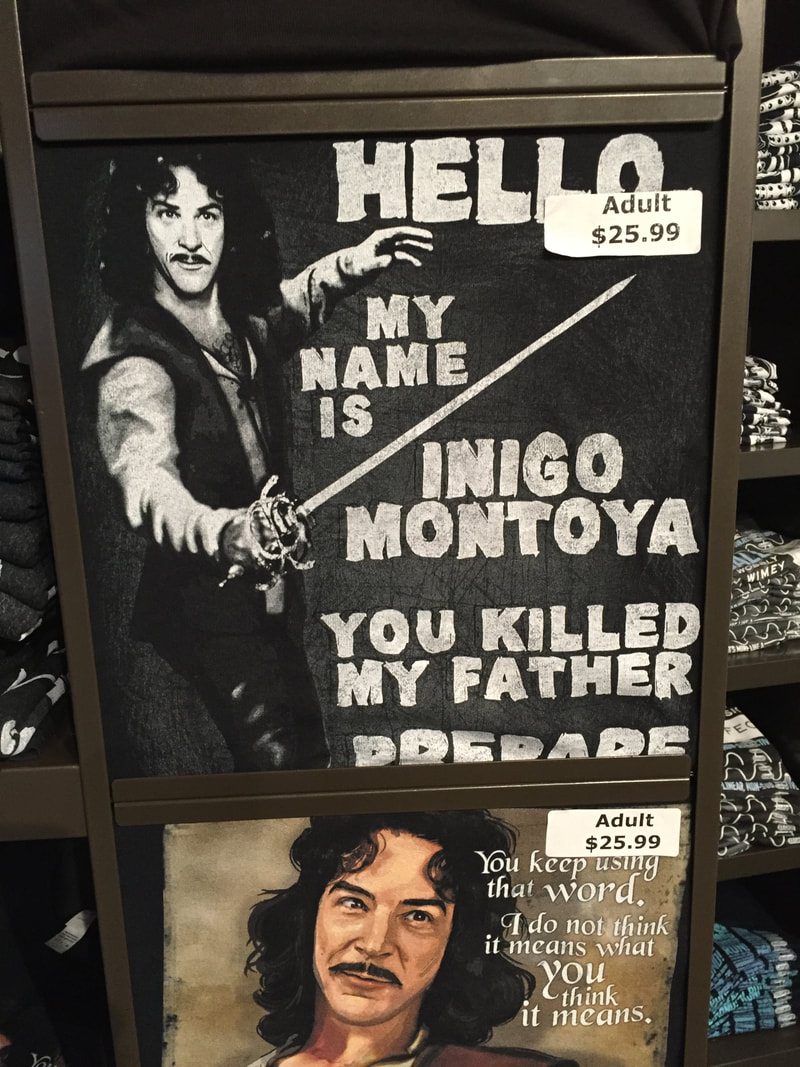
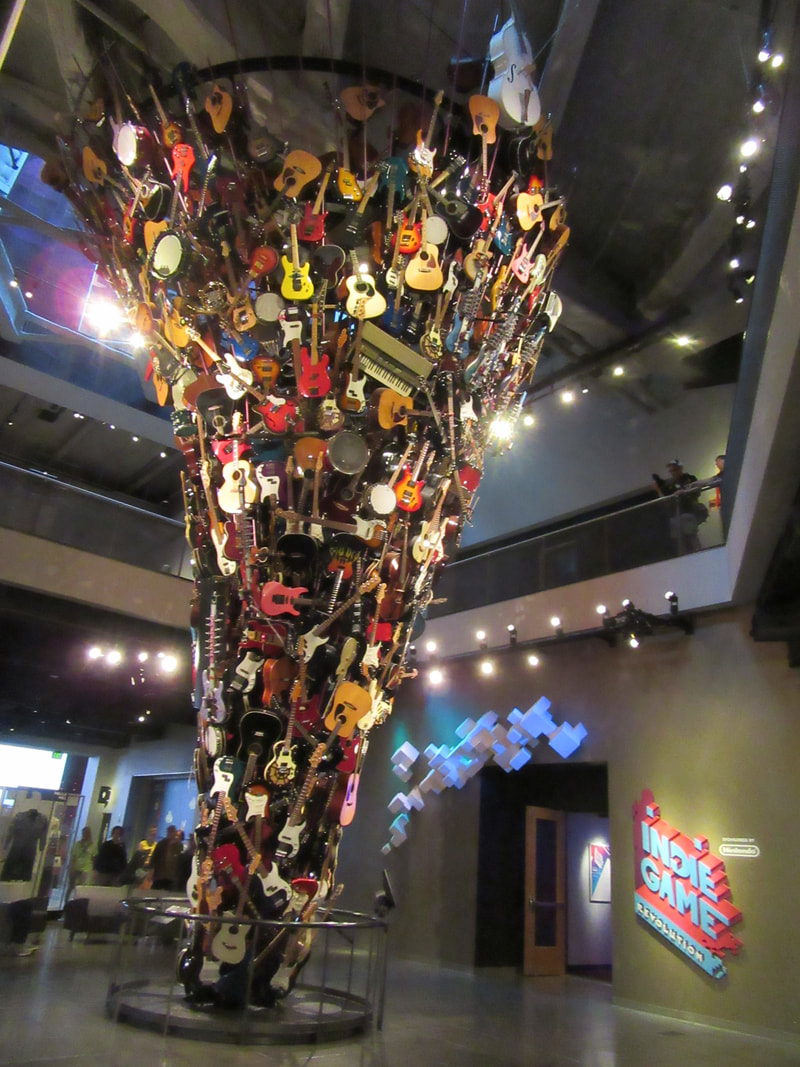
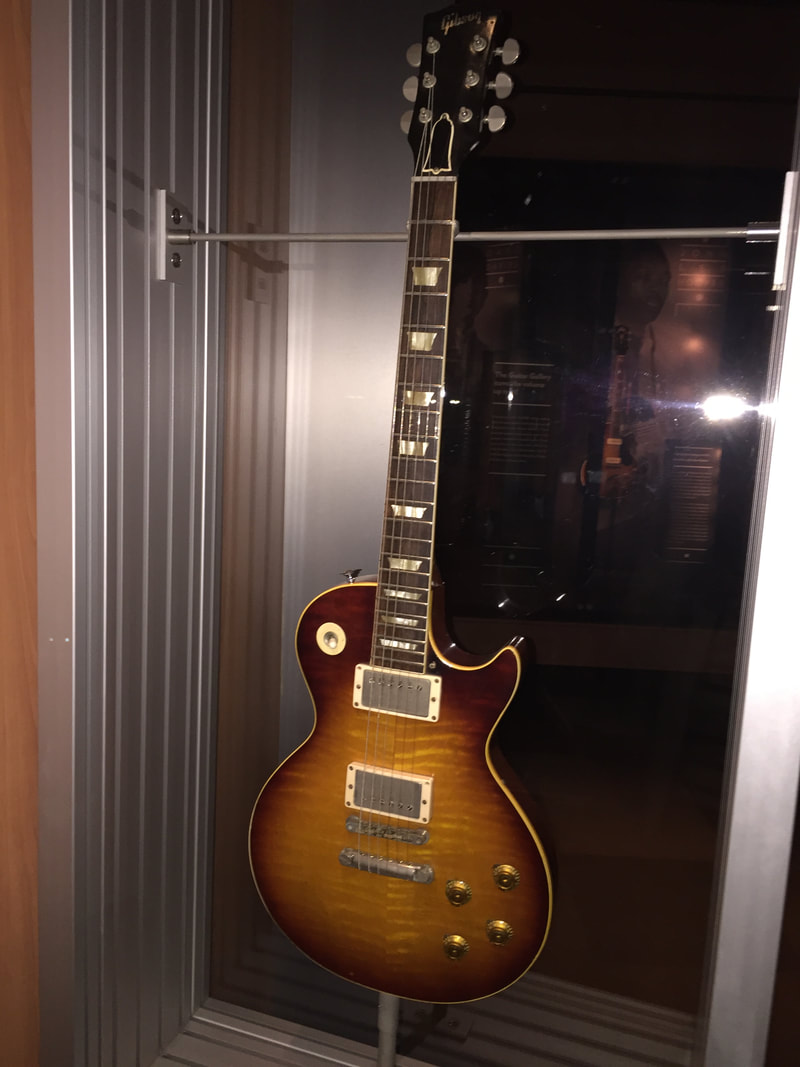
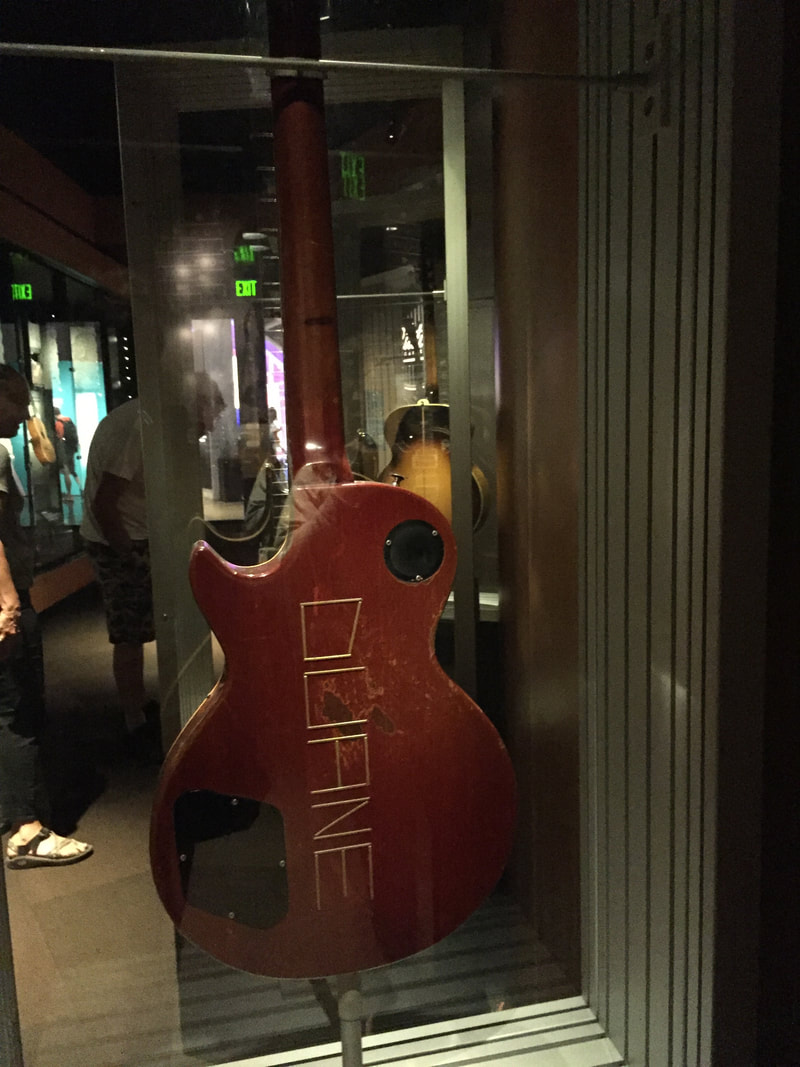
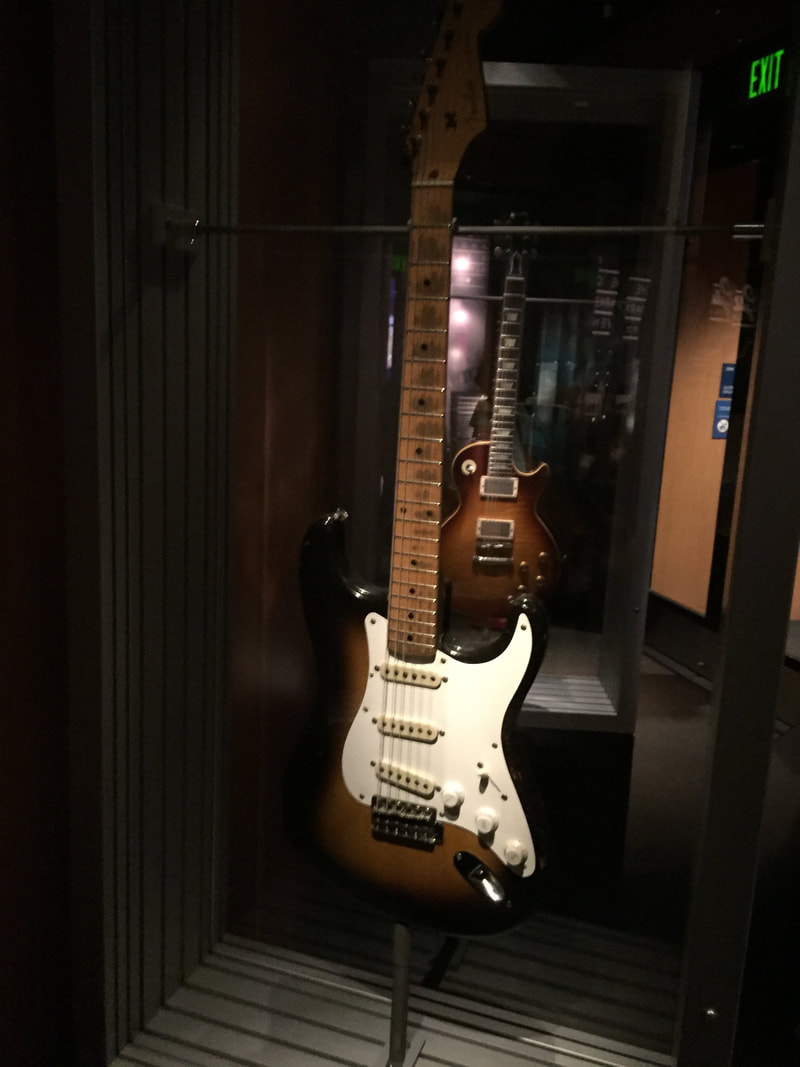
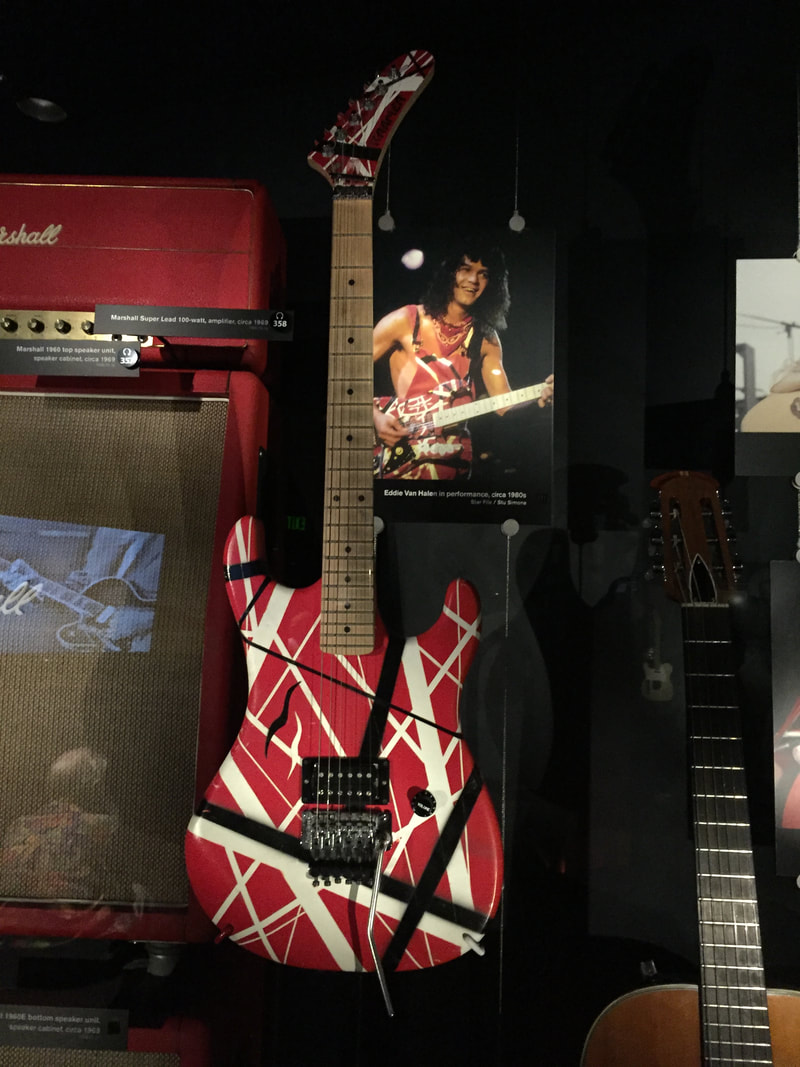
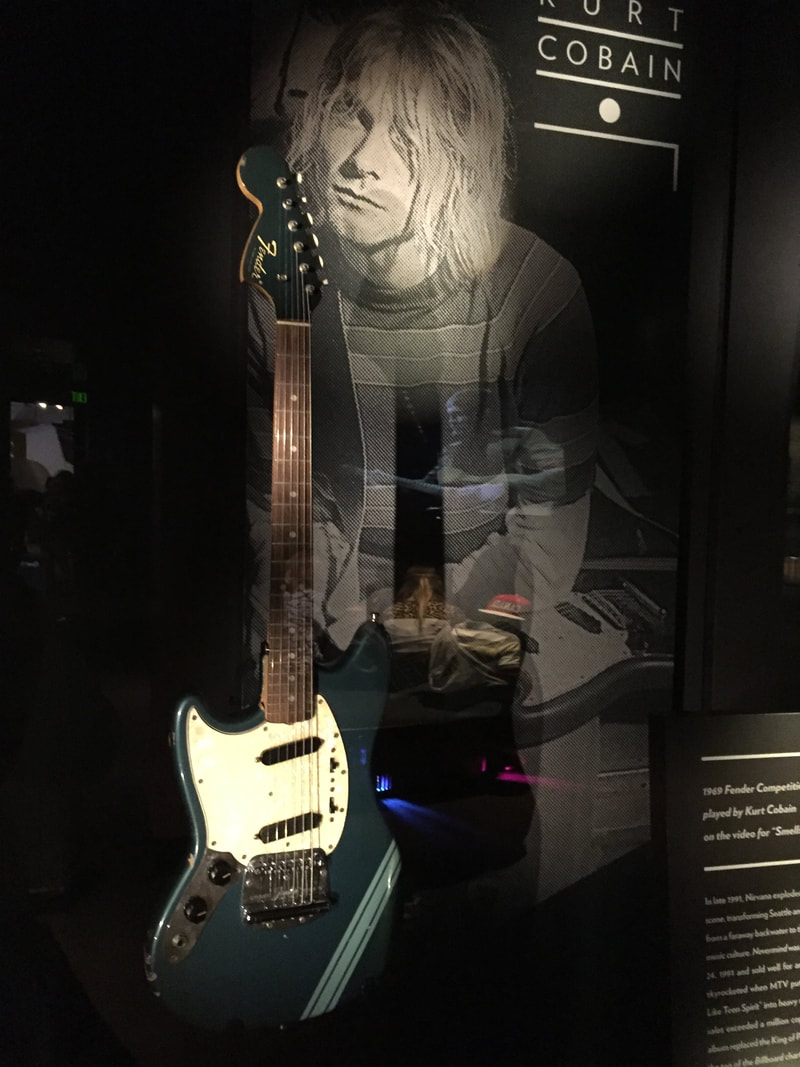
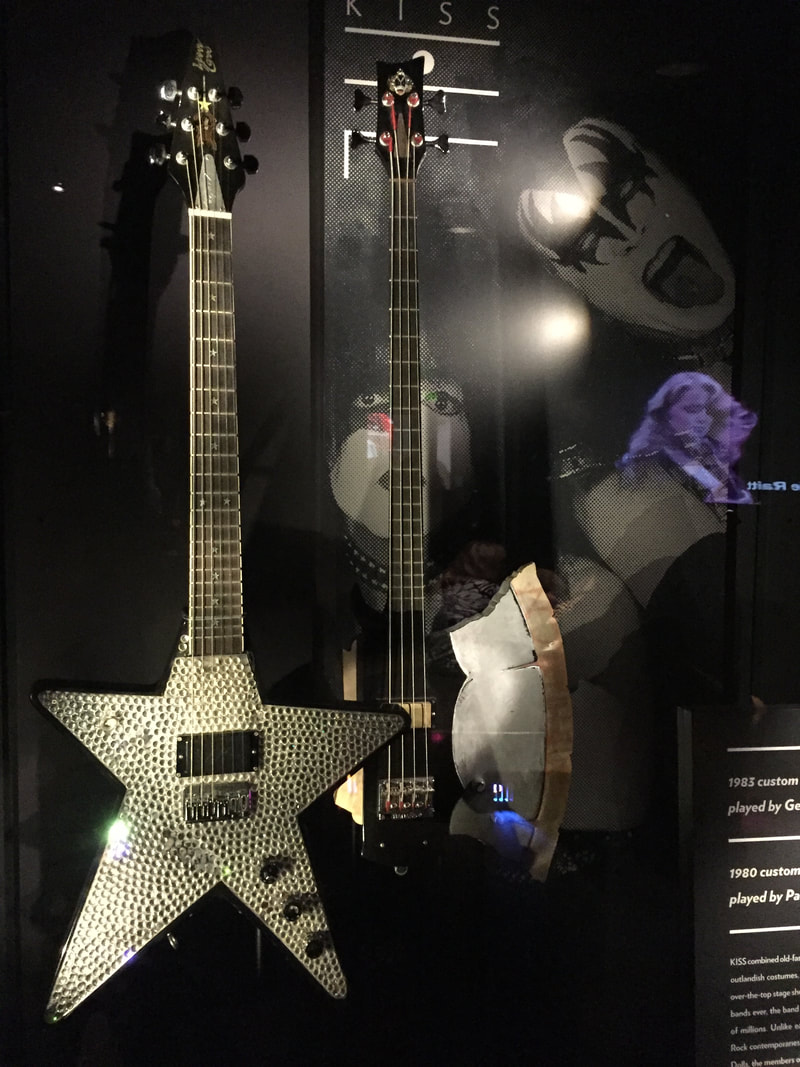
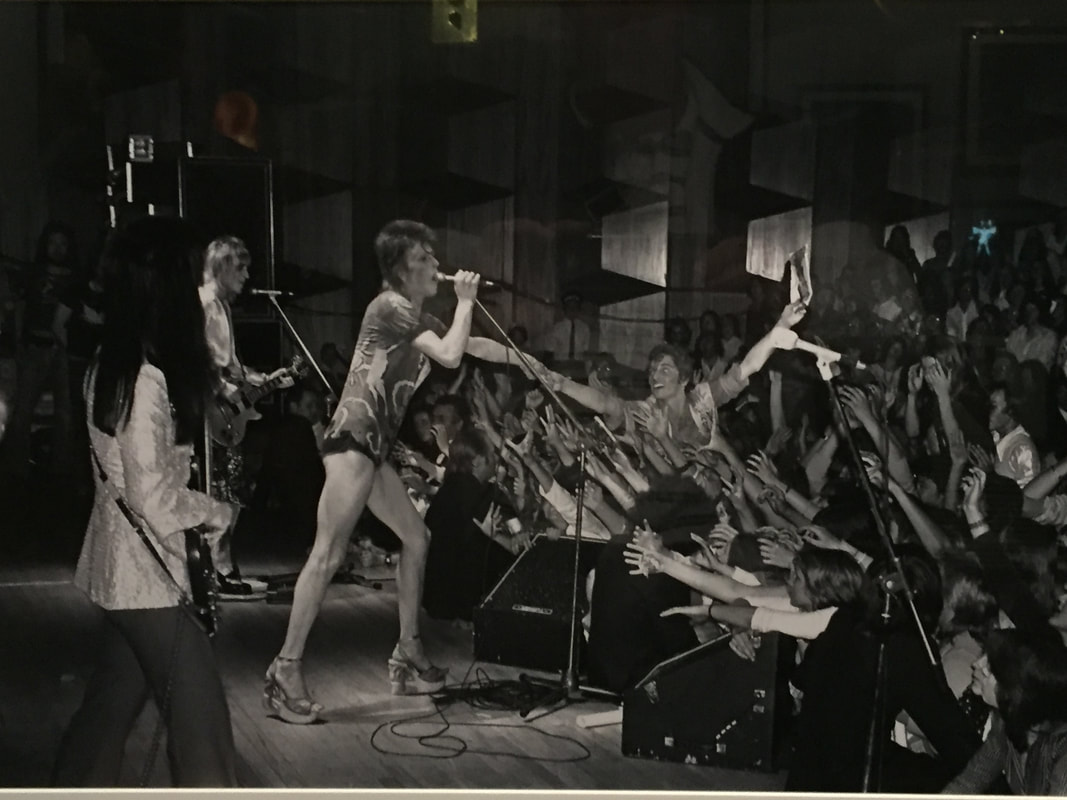
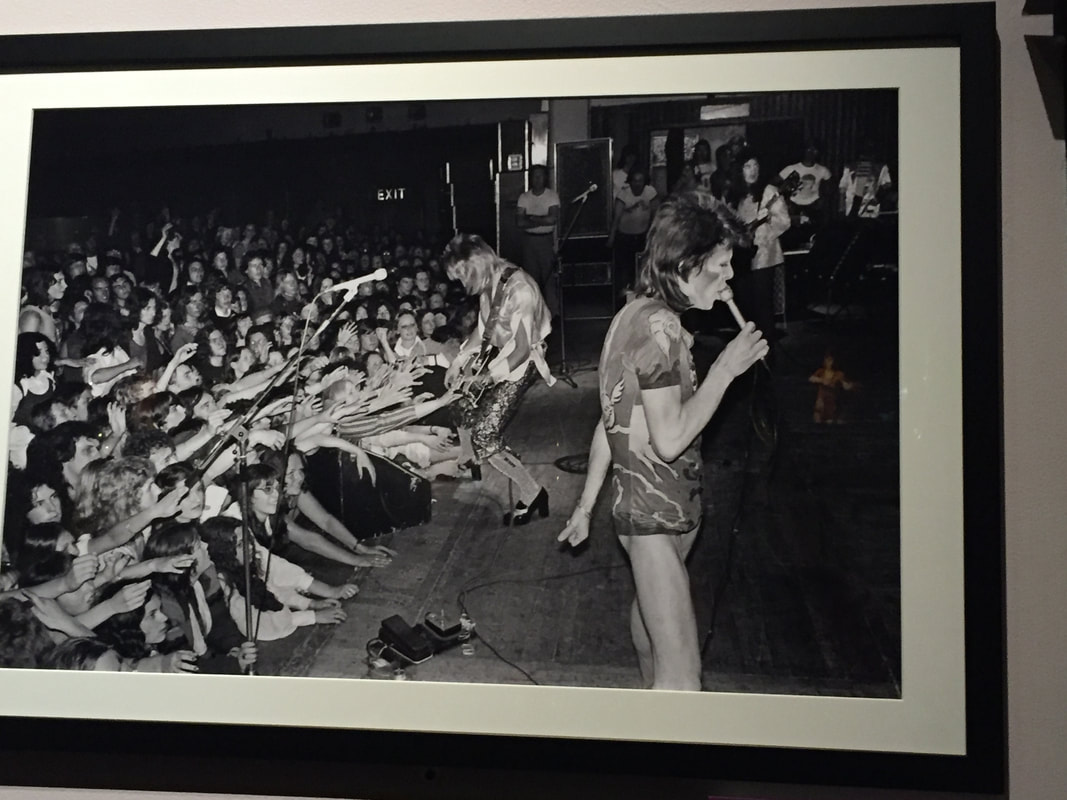
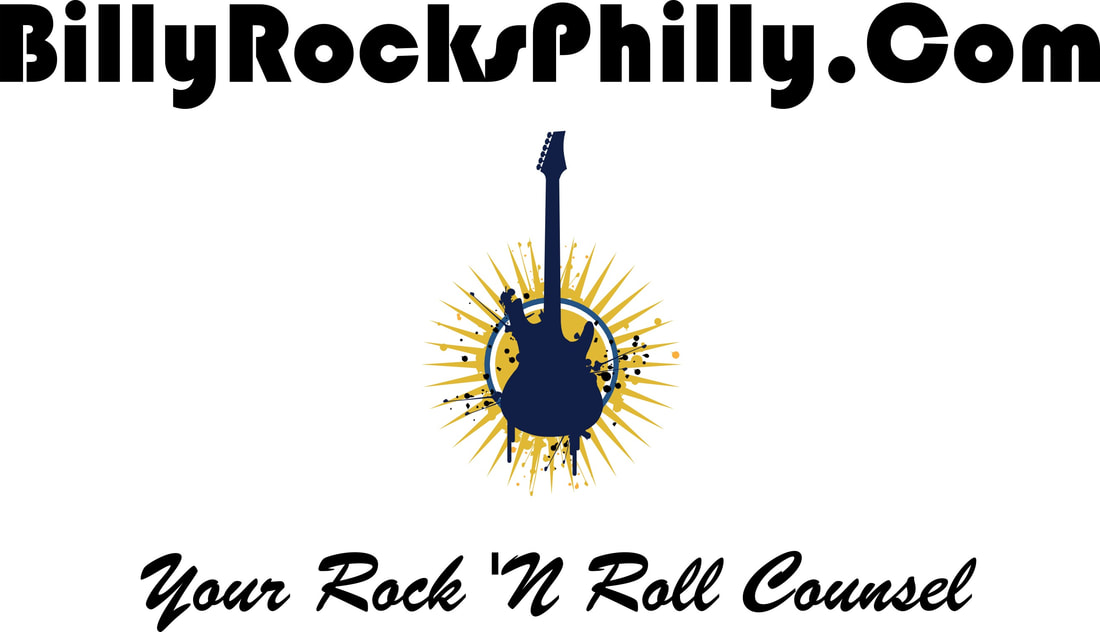
 RSS Feed
RSS Feed
